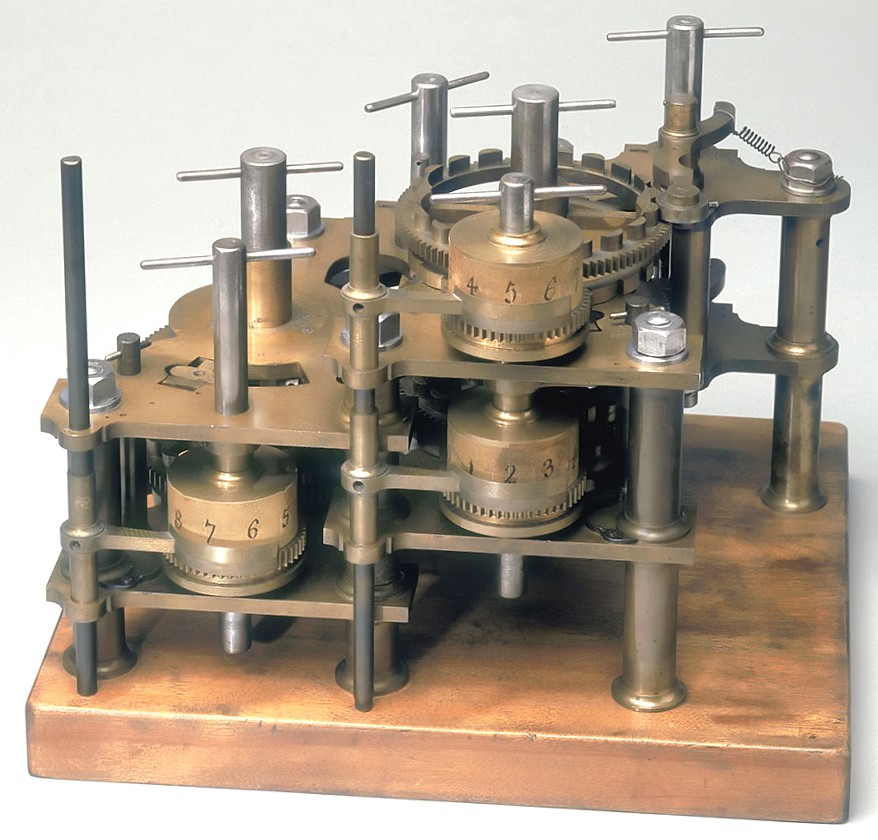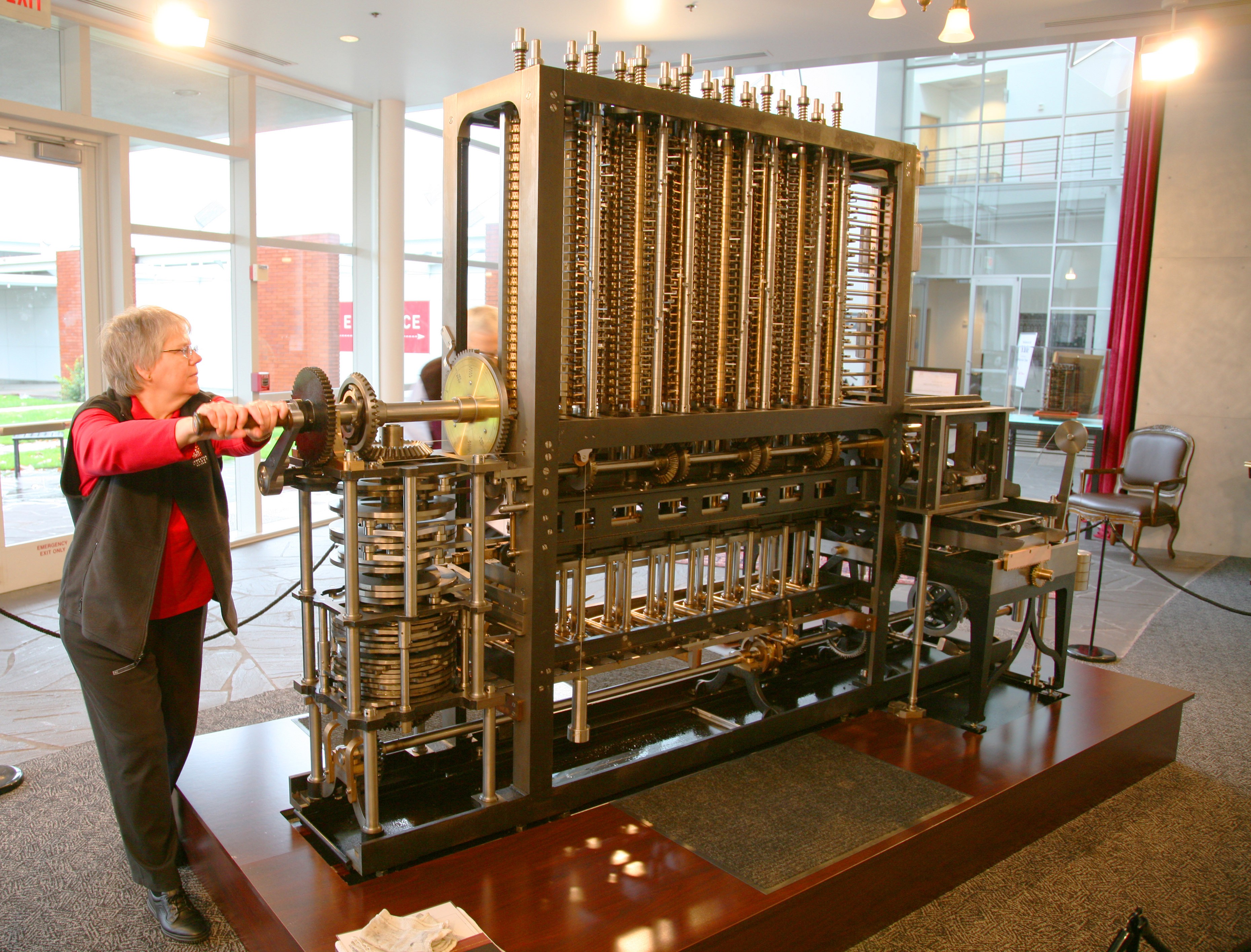The story of the Difference Engine No. 2 finds its roots in the pioneering work of a young mathematician named Charles Babbage. In the early 19th century, Babbage presented a short paper titled "A note respecting the application of machinery to the calculation of astronomical tables" at the Royal Astronomical Society, marking the beginning of a groundbreaking endeavor.

Living in an era when the first industrial revolution had mostly unfolded, complex mathematical calculations had become integral in fields such as finance, navigation, and military applications. The need for accurate computations was crucial - from determining the latitude and longitude of ships on long voyages to calculating firing tables for artillery and aiding astronomers in their daily astronomical computations.
During this time, mathematical tables served as indispensable tools, offering precomputed values for various functions, simplifying arithmetic and reducing the margin of error in calculations. However, creating these tables was a laborious process that relied on human computers—individuals who manually executed computations based on algorithms designed by mathematicians. This method was not only resource-intensive but also prone to errors, potentially leading to significant consequences such as ships getting lost at sea.
Charles Babbage was intrigued by this problem and envisioned a solution that would eliminate human errors from mathematical computations. His idea, unlike others at the time, aimed to reduce errors by reducing human involvement. In 1821, Babbage expressed his desire to his friend John Herschel, stating, "If we could only get the machine to do the calculations!"
In his 1822 paper, Babbage proposed the construction of a mechanical device that could automatically compute complex mathematical functions using gears, levers, and rotating cylinders. This machine aimed to expedite and lower the cost of creating mathematical tables, ultimately rendering other mathematicians and human computers obsolete - a concept that aligned with the reduction of human error and increased efficiency.
Named the "Difference Engine," referencing the method of finite differences, Babbage's machine embarked on a challenging journey. From 1822 to 1833, with funding from the British government, Babbage and his engineering partner completed a fraction of the Engine, comprising approximately 1/7th of the computational components, which alone consisted of around 2,000 parts. Yet, due to difficulties in machining parts and conflicts among partners, the project faced constant delays and budget overruns.

Ultimately, in 1833, the British government terminated funding, having already invested a substantial sum, around £17,500 - a significant amount considering it could have purchased 22 brand-new steam locomotives in that era.
However, Babbage was undeterred by the failure of the Difference Engine project. He began envisioning an even more advanced machine - the Analytical Engine - a universal mechanical computer that could compute any mathematical function. Although never fully realized, the principles of the Analytical Engine influenced Babbage's reworking of the Difference Engine.
Between 1847 and 1849, Babbage redesigned the Difference Engine, creating the Difference Engine No. 2. This newer design significantly simplified the structure, requiring around 8,000 parts, roughly a quarter of his initial estimate for the complete Engine. Despite his efforts to seek funding from the British government again, he faced rejection from the Prime Minister.
Charles Babbage passed away in 1871, leaving behind numerous designs for both the Difference Engine and the Analytical Engine. These designs, known as the Babbage Papers, were donated by his heirs to the Science Museum in London, where they remained stored away for a century.
Though Babbage never saw his Difference Engine fully realized, its legacy endured. It embodied precision akin to a clock, the robustness of a steam engine, and the foresight of the digital age. This coexistence of antiquity and advancement exuded a unique aesthetic - often associated with the genre of steampunk.
The London Science Museum holds a special place in preserving Charles Babbage's legacy through its meticulous recreation of the Difference Engine No. 2. This replica stands as a testament to Babbage's visionary designs and engineering principles.
The museum embarked on a remarkable endeavor to bring Babbage's vision to life. Utilizing the detailed designs and plans left behind in the Babbage Papers, a team of skilled engineers and craftsmen meticulously recreated the Difference Engine No. 2.
The process of replicating such a complex mechanical device was an extraordinary feat. With a keen eye for historical accuracy and precision engineering, the team meticulously crafted each component of the Engine, staying true to Babbage's original specifications.
The replica at the London Science Museum showcases the intricate gears, levers, and mechanisms that constitute this marvel of 19th-century engineering. Visitors can witness firsthand the complexity and ingenuity behind Babbage's vision, gaining insight into how this mechanical computer was intended to function.
The Difference Engine No. 2 replica serves not only as an exhibit but also as an educational tool, allowing people to appreciate the evolution of computing and the profound impact of Babbage's ideas on modern technology. It provides a tangible link to the past, offering a glimpse into the innovative spirit of early computing pioneers and their contributions to shaping the digital world we live in today.
The meticulous craftsmanship and dedication poured into replicating this historic machine at the London Science Museum stand as a tribute to Charles Babbage's legacy, ensuring that his groundbreaking work continues to inspire and educate future generations about the roots of computing and technological innovation.

 MechRedPanda
MechRedPanda
Discussions
Become a Hackaday.io Member
Create an account to leave a comment. Already have an account? Log In.